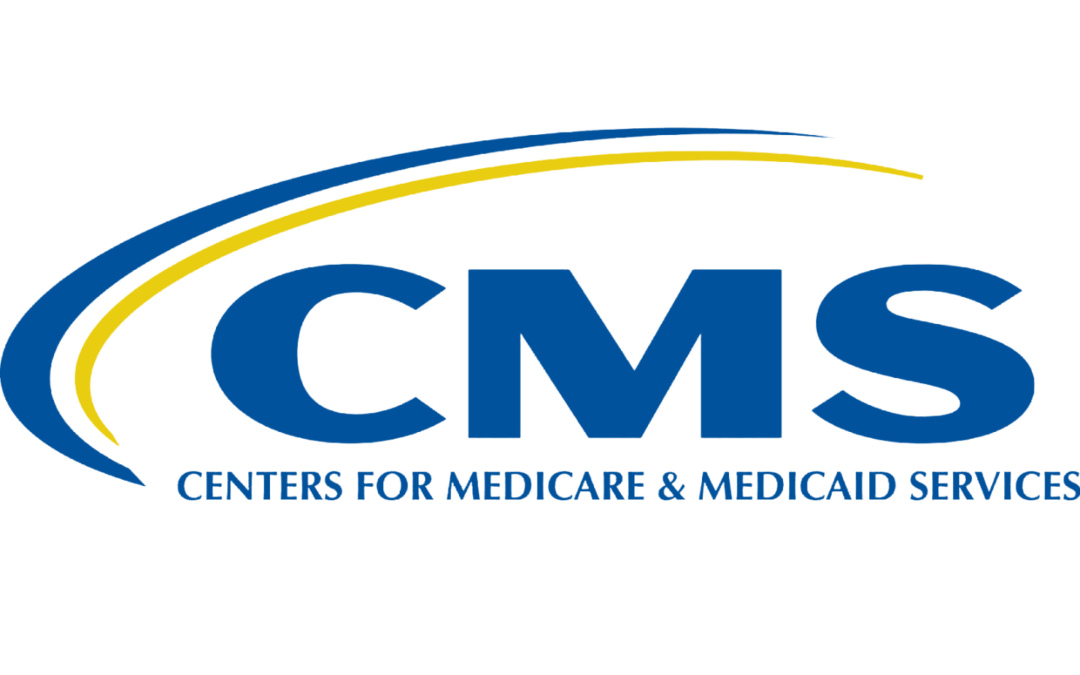Here are links to information regarding the Physicians Fee Schedule final rule:
- Final Rule
- Physician Fee Schedule Final Rule fact sheet
- Quality Payment Program Final Rule fact sheet and FAQs
Here are the Physician Fee Schedule files:
A few excerpts from the Press Release:
Payment for Office/Outpatient Evaluation and Management (E/M) and Comparable Visits
Last year, CMS finalized a historic increase in payment rates for office/outpatient face-to-face E/M visits that goes into effect in 2021. The Medicare population is increasing, with over 10,000 beneficiaries joining the program every day. Along with this growth in enrollment is increasing complexity of beneficiary health care needs, with more than two-thirds of Medicare beneficiaries having two or more chronic conditions. Increasing the payment rate of E/M office visits recognizes this demand and ensures clinicians are paid appropriately for the time they spend on coordinating care for patients, especially those with chronic conditions. These payment increases, informed by recommendations from the American Medical Association (AMA), support clinicians who provide crucial care for patients with dementia or manage transitions between the hospital, nursing facilities, and home.
“This finalized policy marks the most significant updates to E/M codes in 30 years, reducing burden on doctors imposed by the coding system and rewarding time spent evaluating and managing their patients’ care,” Administrator Verma added. “In the past, the system has rewarded interventions and procedures over time spent with patients – time taken preventing disease and managing chronic illnesses.”
In addition to the increase in payment for E/M office visits, simplified coding and documentation changes for Medicare billing for these visits will go into effect beginning January 1, 2021. The changes modernize documentation and coding guidelines developed in the 1990’s, and come after extensive stakeholder collaboration with the AMA and others. These changes will significantly reduce the burden of documentation for all clinicians, giving them greater discretion to choose the visit level based on either guidelines for medical decision-making (the process by which a clinician formulates a course of treatment based on a patient’s information, i.e., through performing a physical exam, reviewing history, conducting tests, etc.) or time dedicated with patients. These changes are expected to save clinicians 2.3 million hours per year in administrative burden so that clinicians can spend more time with their patients.
CMS is finalizing the following changes to professional supervision:
- Certain non-physician practitioners, such as nurse practitioners and physician assistants, can supervise the performance of diagnostic tests within their scope of practice and state law, as they maintain required statutory relationships with supervising or collaborating physicians.
- Physical and occupational therapists will be able to delegate “maintenance therapy” – the ongoing care after a therapy program is established – to a therapy assistant.
- Physical and occupational therapists, speech-language pathologists, and other clinicians who directly bill Medicare can review and verify, rather than re-document, information already entered by other members of the clinical team into a patient’s medical record. As a result, practitioners have the flexibility to delegate certain types of care, reduce duplicative documentation, and supervise certain services they could not before, increasing access to care for Medicare beneficiaries.

Dr. Fife is a world renowned wound care physician dedicated to improving patient outcomes through quality driven care. Please visit my blog at CarolineFifeMD.com and my Youtube channel at https://www.youtube.com/c/carolinefifemd/videos
The opinions, comments, and content expressed or implied in my statements are solely my own and do not necessarily reflect the position or views of Intellicure or any of the boards on which I serve.



